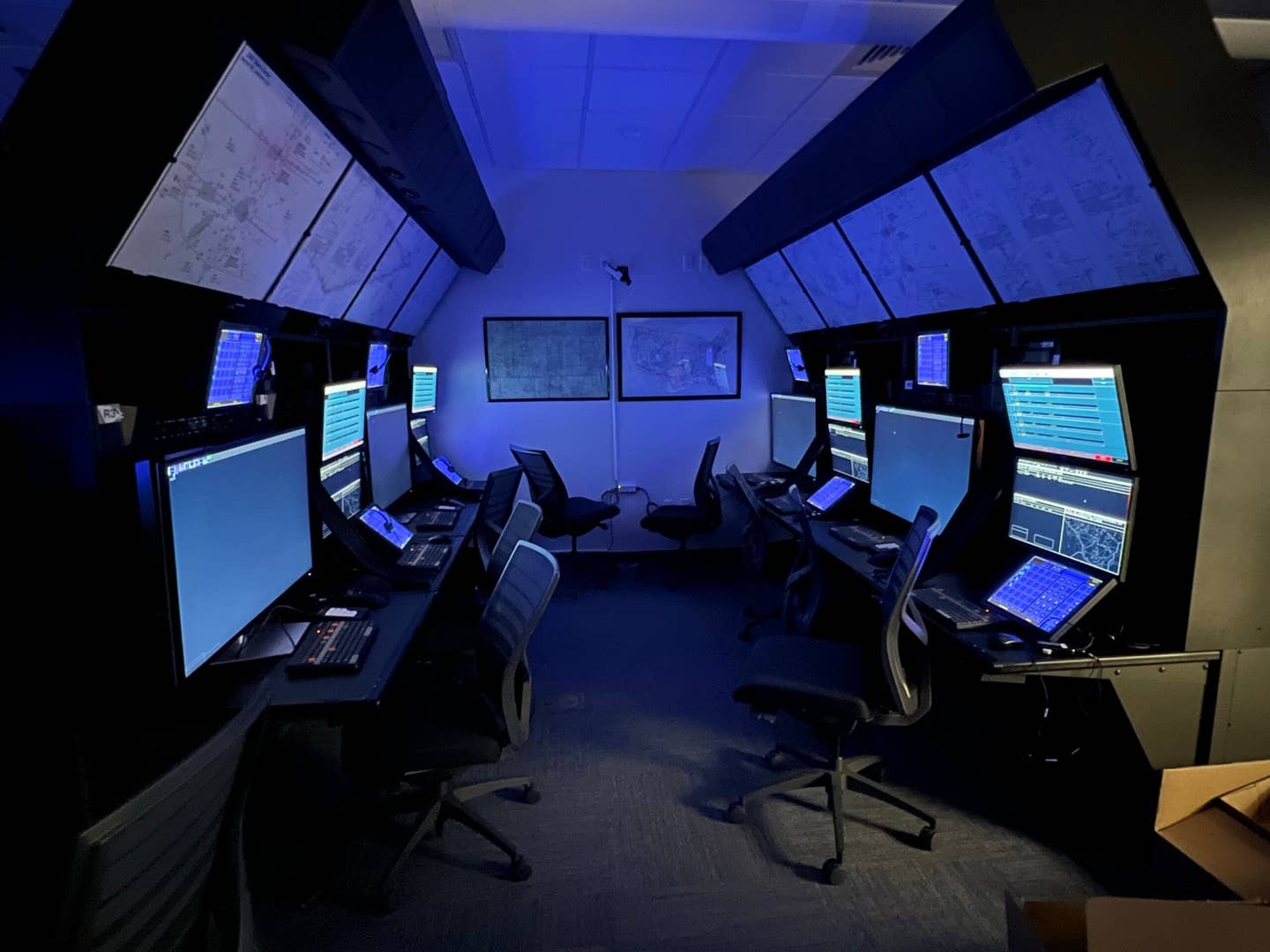
The middle school years are a good time to talk to students about careers in aviation. [Shutterstock]
The middle school years (ages 12 to 14) are often when many develop the interests that they take into adulthood, where they may become careers. Aviation is a good example, especially now as so many schools have implemented STEM curricula (science, technology, engineering and math)—which is a natural fit, as most aviation careers involve several of these disciplines.
Sometimes middle school teachers reach out to the local aviation community looking for pilots who would be willing to visit their class to do a short, age-appropriate presentation about flying.
You don't have to be a fighter pilot or hold a type rating to do this—but you do have to be engaging. As this school year picks up again, FLYING reached out to educators across the country for tips for a successful outcome for a middle school talk. Although the teachers asked us not to use their names because their schools have specific guidelines about appearing on social media, they had a plethora of knowledge to share.
Step 1: Meet the teacher in advance and speak their language.
Before you say yes, ask the teacher what the class has been studying, and then determine how aviation can be applied to enhance their understanding of the topic. Often the teacher will offer a specific topic they would like you to discuss, like aerodynamics or weather, but many are open to suggestions. Your presentation needs to dovetail with what has already been taught.
"Keep in mind that most teachers are probably not pilots," said Elizabeth Tennyson, chief operating officer for the Aircraft Owners and Pilots Association, which does extensive outreach work with STEM education that includes helping teachers develop a curriculum that is age-appropriate.
"Pilot guest speakers need to avoid the jargon and acronyms we use so often in aviation. Taking a moment to explain terms and providing a cheat sheet with acronyms or key concepts is helpful."
One way to engage the teachers is to take them for a short flight in advance of the presentation. They may want to record the event and share the video with their class.
Step 2: Manage expectations.
On the day of the talk, give the teacher a short bio so they can introduce you to the class. Every teacher interviewed for this piece warned us that maturity runs the gamut at this age, so you need to expect short attention spans, lots of energy, students who are easily distracted and have low impulse control, and those who will crack jokes in an attempt to get attention. This can throw off the room, so be prepared. The teacher will probably have suggestions and methods for getting the class back on track.
Begin the talk with a short oral quiz—no more than three to five questions to establish the class interest level and determine its energy. Some examples: "Who here has flown in a small airplane?" "Can anyone tell me what the four forces of flight are?" "What generates lift?"
I am a big fan of the last question followed by a short demonstration of lift by blowing on a piece of paper (like you are blowing out candles on a birthday cake) and having the paper rise as your breath—the accelerated air molecules going over the paper not unlike the relative wind over an airfoil—creates lift.
Weather is a popular topic for presentation as it impacts everything—they have seen fog, rain, and ice (most likely), and you can share with them how weather forms and how pilots adapt to it.
Step 3: Present your talk.
Expect to talk for 10 to 15 minutes tops, and if you can, make it an illustrated lecture such as a PowerPoint or have props like sectionals, airfoils, models, or an E6-B flight computer to show and hold the students’ interest.
"Don’t be afraid to use whatever tools you’ve got—pictures, simulations, simple experiments, or demonstrations and personal stories—to bring ideas to life," said Tennyson. "Teachers are just like the rest of us—they learn better when they’re engaged—so make room for discussion and give-and-take rather than lecturing.
Step 4: Do an activity.
Hands-on projects can be helpful for learning to take place, but they can also take a lot longer than anticipated, especially when the class is large. Keep it simple, teachers say, and always make sure you have cleared the activity with them, as some may not be appropriate. Several teachers warned us that making paper airplanes can lead to unplanned air-to-air combat.
Pro tip: It is often a good idea to have another pilot (or two depending on the size of the class) with you to assist in the project—for example, if you teach the class to use mechanical E6-Bs to answer time, speed, and distance questions as part of a VFR navigation log. I am particularly fond of this exercise, as I love the look on the kids’ faces when I unveil the giant E6-B and hand out a stack of the smaller ones for use. "If you hate story problems, you'll love the E6-B," I tell them, as when I was in middle school I thought story problems were cruel and unusual punishment. Having the directions for how to solve time, speed, and distance printed right on the instrument makes it so much easier.
Step 5: Answer questions.
The kids will have questions but also want to share their stories. Be prepared to tell them how to pursue specific careers in aviation, especially how much education they will need.
Step 6: Offer giveaways—maybe.
These can be tricky. Posters are cool, unless the student has housing insecurity. Balsa gliders or jacket fobs are often a better choice as they are portable. Often businesses have them as giveaways at trade shows.
Step 7: What do you do after the presentation?
End the presentation by letting the kids know of age-appropriate aviation activities outside the school. For example, if there is a chapter of the Experimental Aircraft Association around, let the students know about Young Eagles flights, or perhaps there is an Aviation Explorer Scout program in your area. For all you know, one of those kids may be so inspired by your talk that in a few years you run into them at the airport (where they work) or maybe even see them on the NASA TV channel. It could happen.

Sign-up for newsletters & special offers!
Get the latest FLYING stories & special offers delivered directly to your inbox






